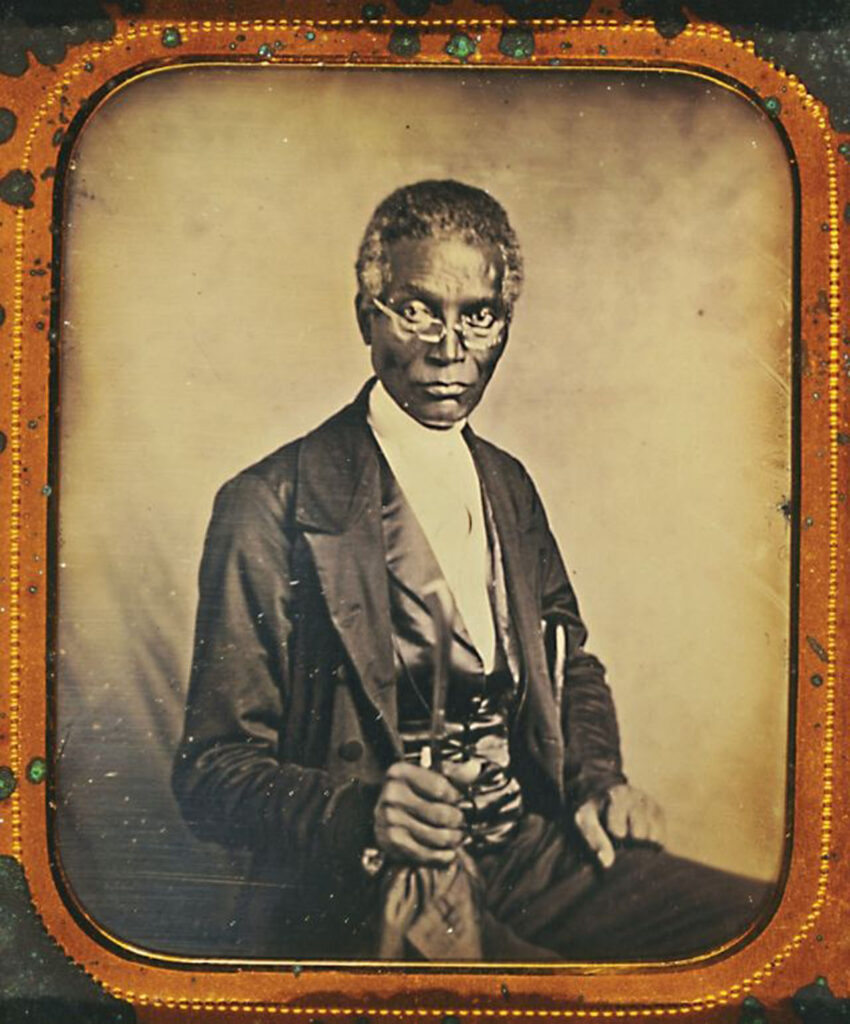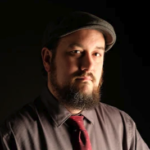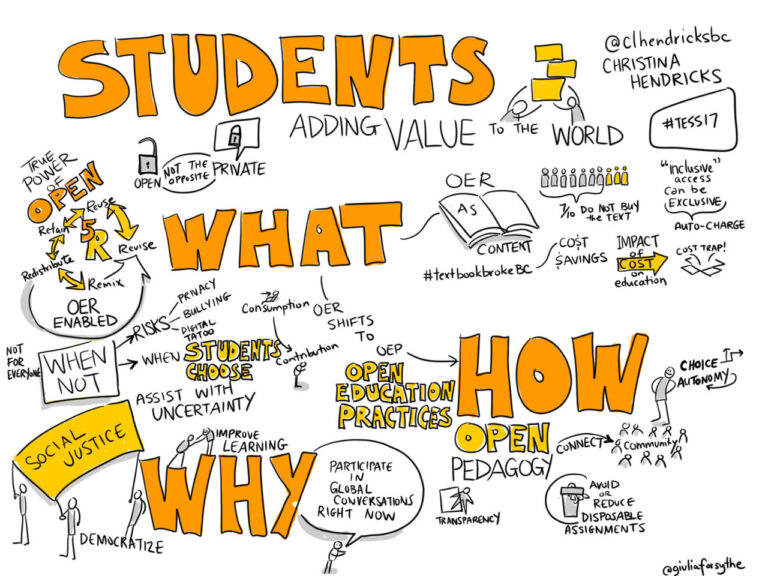
Collaborative student research brings diversity to course content
Finding balance among all of the responsibilities and charges as an instructor is often difficult. All teachers have been guilty of neglecting or sidelining a task or two as we go about our semester. This neglect often materializes as rehashed course content, dated materials and flawed lessons that we promise to replace and rework for the next semester.
Yet, as we stand in front of an increasingly diverse classroom each semester, our outdated approach is silently on display. Our trusted resources and long-relied-upon textbooks are often a reflection of academic attitudes that are a generation or two (or three!) removed from our student base. Because we continue to utilize these eurocentric, white male-dominated surveys and texts, our entire course fails to connect with our students on a deeper level because they don’t see their race, gender or identity represented.
Through admitting these flaws, encouraging student research, designing collaborative assignments and allowing students to take partial ownership of the course and its future content, we can begin the important work of changing and globalizing our course content.

This semester, I took my History of Photography course online, knowing full well that even the most recent textbook on the subject was sorely lacking in diverse voices. Because of this, I designed several discussion-focused assignments that prompted students to recognize and fill in that gap by researching artists that were ignored or glossed over in the textbook. Students were tasked to create a brief argument, discussing the accomplishments and background of the artist and why they were inspired by them. They then responded to their fellow students’ posts, encouraging, questioning and critiquing their choices. Finally, the group was tasked to vote for their favorite artists.
After votes were tallied, the two highest-rated artists were then researched further by the students. By requiring unique research material, students were encouraged to participate early, and latecomers became more knowledgeable on the artists because they had to probe further. Each student composed a two- to three-paragraph brief including related artwork and sources. Group discussion then revolved around asking those students to explore further, eliminate opinion and support their assertions with facts.
The response was overwhelming. Students were encouraged and excited to find these diverse voices and quickly saw the responsibility this role required. The students gravitated toward artists that were only honored with a single sentence in our textbook, or ones they had researched themselves that did not exist at all in our current survey of artists. This research prompt also impacted their future oral presentations, where they continued to choose diverse artists.
To complete this circle of change, I’ve promised to collect, edit and distill the contributions of my students from these collaborative research discussions and incorporate them into my course content as a separate weekly feature. This will help future students appreciate the impact their research has on this class over time. By doing so, students take ownership of this course and, perhaps even more important, learn the valuable lesson of being stewards of education and history.
This tip is the fourth in a series of Teaching Tips from UAF instructors working together to build innovative courses in the EPIC program.

Jason Lazarus
J. Jason Lazarus, MFA, has been a term instructor for photography in the Art and Communication & Journalism departments since 2005, teaching a wide range of analog, digital and alternative photographic art practices.


Thank you so very much for this tip. As someone who recently finished her doctorate at UAF I am thrilled to see such rich, far-reaching, innovative and creative content in a UAF course where our students can learn way beyond what a ‘typical’ textbook would have offered. This is exciting, and I thank you for not hesitating to try something new. That’s what we all need to do. Thank you. FYI, I plan to share this tip with my students at APU (Anchorage), where we are growing a few future teachers–perfect timing. I am very appreciative. Again, thank you.
Thank you for your attention to such a sorely needed subject, and bringing it into your classroom. And, sharing this with everyone.